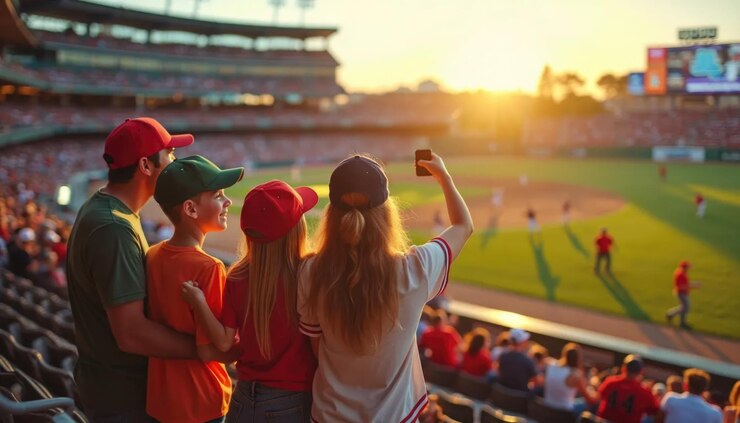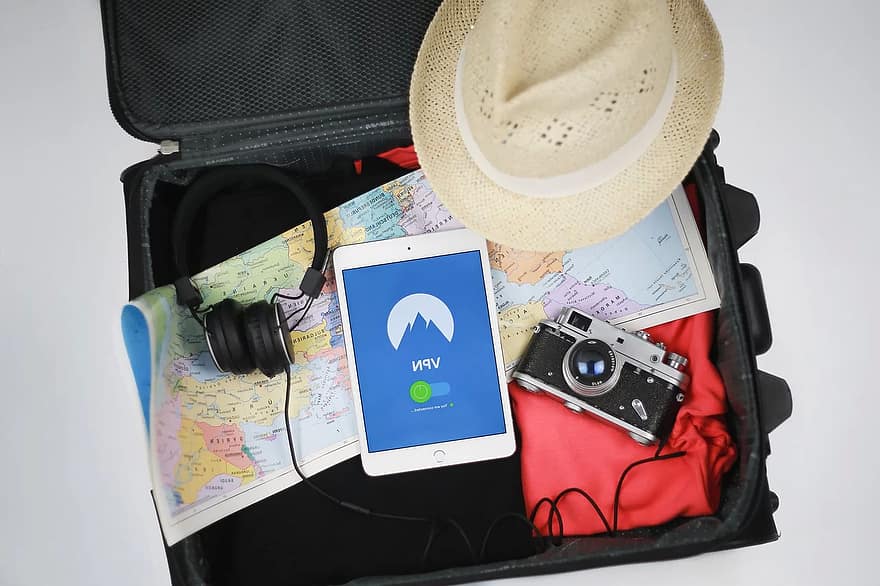Combining America’s pastime with unforgettable travel experiences has become a favorite pastime for baseball fans across the country. Whether you are a die-hard follower of your team or a baseball tourist checking off every MLB park, planning a trip around an MLB game opens the door to unique city adventures. From scheduling visits during thrilling matchups to scoring great tickets and discovering hidden gems near stadiums, this guide offers practical tips and inspiration for making the most of your baseball-season travels.
Best Times of Year to Travel for MLB Games
The MLB season stretches from late March through early October, giving travelers a long window to plan their trips. April and May are ideal for those wanting to catch early matchups while avoiding peak travel prices. The weather is mild, making it comfortable for sightseeing and stadium tours. July and August bring a festival-like vibe to cities, especially around All-Star week, and key rivalry series. Fans seeking high-stakes action should target September when postseason battles ignite. October is reserved for the elite — with playoff games offering electric atmospheres and unforgettable crowd energy.
Booking Hotels Near Stadiums
Proximity to ballparks is a game-changer. Booking hotels within walking distance of MLB stadiums like Petco Park in San Diego or Fenway Park in Boston allows travelers to fully immerse themselves in the local scene. These neighborhoods are often packed with energy on game days, offering lively pregame spots and easy post-game access. While hotel prices near stadiums can be higher, early bookings or off-peak dates can secure better deals. Look for packages offered by hotel chains during the season, especially in cities with multiple game-day events or festivals.
Using Public Transportation for Game Day
Many MLB cities feature excellent transit systems that connect fans directly to stadium entrances. Chicago’s CTA provides quick routes to Wrigley Field, while New York’s MTA subway system makes Yankee Stadium and Citi Field easily accessible. Avoiding parking fees and game-day traffic is a huge bonus, especially for stadiums in urban cores like Citizens Bank Park in Philadelphia or Oracle Park in San Francisco. Fans can download local transit apps to check live updates, and some cities offer discounted passes on game days.
Exploring Outdoor Spaces Around Ballparks
MLB stadiums are increasingly surrounded by walkable outdoor attractions. Seattle’s T-Mobile Park sits steps away from the waterfront promenade and Olympic Sculpture Park. Pittsburgh’s PNC Park is linked to scenic riverside trails and bike rentals. In Denver, Coors Field is nestled near LoDo’s historic district, filled with rooftop patios and mountain views. Exploring these green spaces offers a relaxing pregame option or a chance to unwind after an intense inning-by-inning showdown.
Bars and Restaurants Near the Stadiums
Ballparks have evolved into culinary and social hubs, and the surrounding areas offer even more. Near Busch Stadium in St. Louis, fans gather at Ballpark Village for BBQ, brews, and baseball banter. San Diego’s Gaslamp Quarter is a favorite for rooftop cocktails and California cuisine before Padres games. Chicago’s Wrigleyville provides classic hotdogs and decades-old pubs teeming with Cubs history. Planning your meal at one of these popular spots also gives fans the chance to pick up local insight, hear game-day predictions, and sometimes even spot former players.
MLB picks can guide your game-day choices. Align your trip with marquee matchups, division rivalries, or hot streaks that promise exciting action. For example, watching the Dodgers battle the Giants or the Yankees face the Red Sox not only guarantees top-tier baseball, but also electric city-wide atmospheres. Online platforms offering daily MLB picks help travelers decide which series to prioritize, based on team momentum, standout pitchers, or playoff implications.
Finding Affordable MLB Tickets
MLB games do not have to break the bank. Fans traveling on a budget can score affordable tickets through secondary marketplaces like SeatGeek, StubHub, or even via ballpark box offices closer to game time. Weekday games or series against non-rival teams tend to be cheaper. Clubs like the Tampa Bay Rays, Oakland Athletics, and Miami Marlins frequently offer promotional nights with discounted tickets, food, or giveaways. For those hitting multiple cities, look into team schedules to bundle back-to-back games and maximize value.
Planning Multi-City Baseball Road Trips
Coordinating a multi-city baseball road trip turns MLB travel into a full adventure. The Midwest makes this especially feasible: Cleveland’s Progressive Field, Detroit’s Comerica Park, and Cincinnati’s Great American Ball Park are all within a few hours of each other. The East Coast features a dense concentration of teams — Boston, New York, and Philadelphia are all Amtrak-connected. The West Coast trio of San Francisco, Oakland, and Los Angeles opens up a sun-soaked drive with iconic venues on the itinerary. With flexible planning, fans can watch several games in different cities within one week.
Game-Day Essentials to Pack
Stadium visits are more enjoyable when fans arrive prepared. Essentials include sunscreen, a hat, and a refillable water bottle (if allowed by stadium rules). Always check bag policies — some parks require clear bags or limit sizes. Bringing team gear boosts camaraderie and helps you blend in with locals. For evening games, a light jacket or hoodie is smart, especially in northern cities or early/late-season matchups. Portable phone chargers and a digital ticket wallet app can also save the day.
Family-Friendly Ballpark Tips
Many MLB stadiums cater to families with dedicated kid zones, play areas, and giveaways. Globe Life Field in Arlington offers interactive attractions and shaded seats perfect for younger fans. Oracle Park’s Coca-Cola Fan Lot features slides and a mini-field for kids. Chase Field in Phoenix even has a pool area where fans can watch the game while cooling off. Parents can save with family ticket packs and check stadium policies for stroller access, nursing rooms, and child-friendly food menus.
Capturing Memories from the Stands
Each stadium offers exclusive collectibles and photo ops. From iconic skyline views behind home plate to bronze statues of legends like Jackie Robinson or Roberto Clemente, there is plenty to capture. Fans should visit team stores early for limited-edition merchandise, like City Connect jerseys or bobbleheads. Some parks allow early gate access for batting practice, which is the prime window to snag autographs or interact with players. Programs and ticket stubs also make great souvenirs for scrapbooking your MLB travel season.
Ending the Night Right After the Game
When the final out drops, the city’s nightlife takes over. Atlanta’s Battery district adjacent to Truist Park buzzes with live music and late-night food trucks. In Kansas City, fans head to Power & Light District to catch post-game DJ sets or dive into sizzling BBQ joints. Philadelphia’s South Street offers everything from cheesesteaks to indie rock shows after Phillies wins. Planning your post-game activities ensures that the experience does not end when the scoreboard shuts off.
Traveling for baseball turns an MLB season into a personalized adventure, offering fans the chance to connect with new cities, cultures, and communities — all while celebrating the game. With proper planning, smart choices, and attention to local experiences, every ballpark visit becomes more than just a seat in the stands — it becomes a memory for life.

